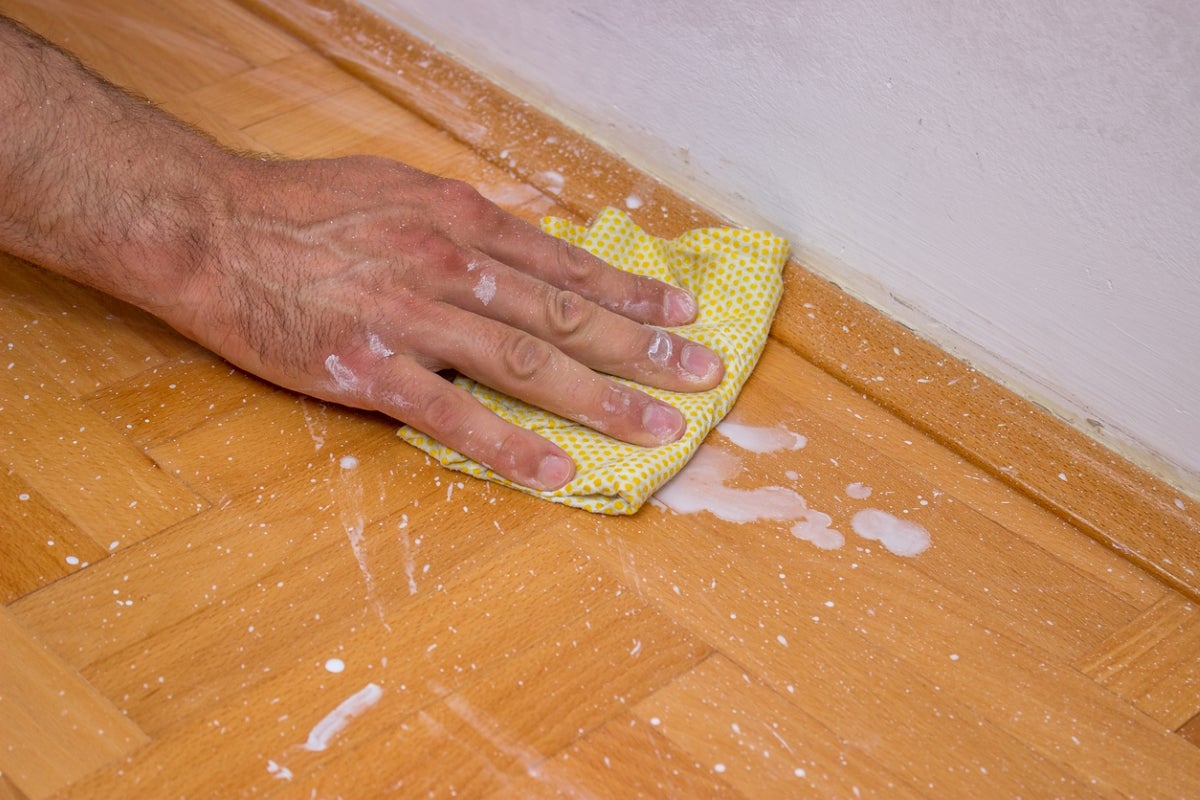

Articles
How To Remove Paint Off Floor
Modified: January 23, 2024
Learn effective techniques for removing paint off your floor with these informative articles. Discover step-by-step methods and helpful tips to achieve a clean and smooth surface.
(Many of the links in this article redirect to a specific reviewed product. Your purchase of these products through affiliate links helps to generate commission for Storables.com, at no extra cost. Learn more)
Introduction
When it comes to renovating or redecorating your home, one of the toughest tasks is often removing paint from the floor. Whether you are dealing with accidental spills or old, peeling paint, getting rid of it can be a daunting task. However, with the right supplies and techniques, you can successfully remove paint from your floor and restore its natural beauty. In this article, we will explore various methods to help you remove paint off your floor effectively and efficiently.
Before you begin, it is important to assess the type of floor you have. Different floor surfaces, such as hardwood, tile, concrete, or laminate, may require different approaches and products. Always make sure to follow the manufacturer’s recommendations and test any products or methods in a small, inconspicuous area before applying them to the entire floor.
Now, let’s gather the supplies you’ll need to successfully remove paint from your floor.
Key Takeaways:
- Choose the Right Method and Supplies
Assess your floor type and gather the necessary supplies before removing paint. Select the best method, whether using a paint scraper, chemical remover, heat gun, sandpaper, or citrus-based solvent, to achieve effective and efficient results. - Prioritize Safety and Precautions
Wear protective gear, ventilate the area, and follow instructions carefully. Test products in a small area, use caution with heat guns, avoid excessive force, and dispose of waste responsibly to ensure a smooth and safe paint removal process.
Read more: How To Get Paint Off Tile Floor
Supplies Needed
Before you begin the paint removal process, it’s important to gather all the necessary supplies. Having the right tools at hand will make the task much easier and more efficient. Here are some essential supplies you will need:
- Paint scraper: A sturdy paint scraper with a sharp edge is essential for scraping off dried or stubborn paint.
- Chemical paint remover: Depending on the type of paint and your floor surface, you may need a chemical paint remover. Choose one that is suitable for your floor material and follow the instructions carefully.
- Heat gun: A heat gun can be used to soften and loosen the paint, making it easier to scrape off. Make sure to use it cautiously and keep it away from flammable materials.
- Sandpaper or sanding machine: For certain floor surfaces, you may need sandpaper or a sanding machine to gently remove the paint without causing damage.
- Citrus-based solvent: A citrus-based solvent can be effective in softening and dissolving paint. Look for a solvent that is specifically formulated for paint removal.
- Protective gear: It’s important to protect yourself during the paint removal process. Wear gloves, safety goggles, and a mask to shield yourself from chemicals and paint particles.
- Drop cloths or plastic sheets: To protect the surrounding areas from paint splatters or debris, lay down drop cloths or plastic sheets.
- Clean, lint-free cloths: Have a supply of clean, lint-free cloths to wipe away excess paint or to apply paint remover or solvent.
- Cleaning supplies: After removing the paint, you’ll need cleaning supplies such as mild detergent, water, and a mop or sponge to clean the floor surface thoroughly.
Once you have gathered these supplies, you will be well-prepared to tackle the paint removal process. Now, let’s explore the various methods you can use to remove paint from your floor.
Methods for Removing Paint Off Floor
When it comes to removing paint from the floor, there are several methods you can employ. The choice of method will depend on the type of paint, the floor surface, and your personal preferences. Below are five common methods you can try:
- Method 1: Using a Paint Scraper
This method is best suited for removing dried or peeling paint. Start by gently scraping off the loose paint using a paint scraper. Make sure to apply even pressure to avoid damaging the floor surface. If the paint is stubborn, you can use the edge of the scraper or a putty knife to scrape it off. Be patient and work methodically until you have removed all the excess paint. - Method 2: Using Chemical Paint Remover
Chemical paint removers are effective in softening and dissolving paint, making it easier to remove. Apply the paint remover following the manufacturer’s instructions. Allow it to sit for the recommended amount of time, then use a paint scraper or putty knife to scrape off the softened paint. Be sure to work in a well-ventilated area and wear protective gear when using chemical paint removers. - Method 3: Using a Heat Gun
A heat gun can be useful for removing paint from surfaces such as wood or metal. Hold the heat gun a few inches away from the paint and move it back and forth to soften the paint. Once the paint starts to bubble, use a paint scraper to scrape it off. Take care not to hold the heat gun in one spot for too long, as it can damage the floor surface. Use this method cautiously and keep a fire extinguisher nearby. - Method 4: Using Sandpaper or Sanding Machine
For certain floor surfaces like wood or concrete, you can use sandpaper or a sanding machine to remove paint. Start with a coarse grit sandpaper to remove the bulk of the paint, then switch to a finer grit for a smooth finish. Make sure to sand in the direction of the grain or follow the manufacturer’s instructions for the sanding machine. Remember to wear a mask to protect yourself from dust particles. - Method 5: Using Citrus-based Solvent
If you prefer a more natural approach, you can use a citrus-based solvent to remove paint. Apply the solvent to the painted area and let it sit for a few minutes to soften the paint. Use a paint scraper or putty knife to scrape off the softened paint. Remember to follow the manufacturer’s instructions and work in a well-ventilated area.
Now that you’re familiar with these methods, you can choose the one that best suits your needs and proceed with confidence. However, before you start removing paint off your floor, it’s important to take some precautions and follow proper safety measures, which we will discuss in the next section.
Method 1: Using a Paint Scraper
If you’re dealing with dried or peeling paint on your floor, using a paint scraper is an effective method to remove it. This method is relatively simple and requires minimal supplies. Here’s how you can remove paint using a paint scraper:
- Prepare the area: Start by preparing the area. Lay down drop cloths or plastic sheets to protect the surrounding floor and furniture from paint chips and debris.
- Inspect the paint: Examine the paint on the floor to determine its condition. If the paint is loose or peeling, use your fingers or a putty knife to gently scrape off the loose pieces.
- Begin scraping: Hold the paint scraper at a slight angle and gently scrape the paint off the floor. Apply even pressure, but be careful not to dig too deep into the surface, especially if you have hardwood or delicate flooring.
- Work in small sections: To make the process more manageable, work in small sections. Start at one corner and gradually move across the floor, scraping off the paint as you go. Collect the scraped paint chips in a disposable container or bag.
- Reapply pressure if necessary: If the paint is stubborn and doesn’t come off easily, you can reapply pressure with the paint scraper or use the edge of the scraper to carefully dislodge the paint. Be patient and avoid using excessive force, as it may damage the floor surface.
- Remove residue: Once you have scraped off the majority of the paint, use a clean cloth or sponge dampened with warm water to remove any remaining paint residue. Gently scrub the area to lift off the stuck-on paint.
- Clean the floor: After removing the paint, thoroughly clean the floor using mild detergent and warm water. Scrub the surface to remove any residual paint, and rinse with clean water. Allow the floor to dry completely before proceeding with any further steps.
Using a paint scraper is an effective method for removing dried or peeling paint from your floor. However, keep in mind that this method may not be suitable for all floor surfaces, particularly delicate ones. Always test a small, inconspicuous area first and adjust your approach accordingly. If necessary, you can explore alternative methods such as using a chemical paint remover or a heat gun.
Now that you’ve learned about using a paint scraper, let’s move on to the next method: using a chemical paint remover.
Method 2: Using Chemical Paint Remover
If you’re dealing with stubborn or multiple layers of paint on your floor, using a chemical paint remover can be an effective method to soften and dissolve the paint for easy removal. Here’s a step-by-step guide on using a chemical paint remover:
- Choose the right product: Select a chemical paint remover that is suitable for your specific floor surface and type of paint. Read the product label carefully to ensure it is safe to use on your floor material. Additionally, consider choosing a low-odor or environmentally friendly paint remover if you’re sensitive to strong fumes or want to minimize environmental impact.
- Prepare the area: Before you begin, make sure to ventilate the area by opening windows or using fans to circulate the air. Lay down drop cloths or plastic sheets to protect the surrounding floor and furniture from any potential drips or spills.
- Apply the paint remover: Put on protective gloves and safety goggles to safeguard your skin and eyes. Using a brush or sponge, apply an even layer of the chemical paint remover to the painted area. Follow the manufacturer’s instructions regarding the application method and waiting time.
- Allow the paint remover to work: Give the chemical paint remover enough time to penetrate and soften the paint. The waiting time will vary depending on the product and the thickness of the paint layers. Typically, it ranges from a few minutes to several hours.
- Scrape off the softened paint: Once the paint remover has had time to work, use a paint scraper or putty knife to gently scrape off the softened paint. Start at one edge and gradually work your way across the floor, removing the paint in sections. Be careful not to apply excessive pressure or scrape too forcefully to avoid damaging the floor surface.
- Clean the floor: After removing the paint, clean the floor thoroughly using mild detergent and warm water. Scrub the surface to remove any residual paint or paint remover. Rinse the floor with clean water and allow it to dry completely.
- Dispose of the paint remover and residue: Dispose of any leftover paint remover and the scraped-off paint properly, following local regulations and guidelines. Avoid pouring the paint remover down the drain or disposing of it in regular trash bins.
Using a chemical paint remover can make the paint removal process more efficient, especially when dealing with stubborn or extensive paint layers. However, it’s important to follow the manufacturer’s instructions carefully, wear protective gear, and work in a well-ventilated area to ensure your safety while using these products.
Now that you’re familiar with the process of using a chemical paint remover, let’s move on to the next method: using a heat gun.
Use a paint stripper or solvent to soften the paint, then scrape it off with a putty knife or floor scraper. Be sure to follow the manufacturer’s instructions and use proper ventilation.
Read more: How To Get Spray Paint Off The Floor
Method 3: Using a Heat Gun
If you’re dealing with paint on surfaces like wood or metal, using a heat gun can be an effective method to soften and loosen the paint, allowing for easier removal. Here’s a step-by-step guide on using a heat gun to remove paint from your floor:
- Prepare the area: To begin, lay down drop cloths or plastic sheets to protect the surrounding floor and furniture from paint chips and debris. It’s also a good idea to have a fire extinguisher nearby, as a heat gun can pose a fire hazard.
- Set the heat gun: Before using the heat gun, set it to a low temperature setting. Hold the heat gun a few inches away from the painted area and turn it on. Move the heat gun back and forth slowly to evenly distribute the heat.
- Heat the paint: Continue heating the paint until it starts to bubble and soften. Be cautious not to keep the heat gun concentrated on one spot for too long, as it can damage the floor surface or ignite flammable materials.
- Scrape off the paint: Once the paint bubbles up, use a paint scraper or a putty knife to gently scrape off the softened paint. Work in small sections, starting from one edge and gradually moving across the floor. Take care not to apply excessive pressure or scrape too aggressively, as it may cause damage.
- Repeat if necessary: If there are multiple layers of paint or stubborn areas, you may need to repeat the heating and scraping process until all the paint is removed. Work patiently and methodically, ensuring the paint is adequately heated before scraping.
- Clean the floor: Once you have removed the paint, clean the floor surface using mild detergent and warm water. Scrub any residual paint or debris, rinse with clean water, and allow the floor to dry completely before proceeding with any further steps.
Using a heat gun can effectively soften and loosen paint, making it easier to scrape off. However, it’s important to use caution when using a heat gun, as they can reach high temperatures that can cause burns or start a fire. Always follow the manufacturer’s instructions, work in a well-ventilated area, and keep a fire extinguisher nearby as a safety precaution.
Now that you’ve learned the process of using a heat gun to remove paint from your floor, let’s move on to the next method: using sandpaper or a sanding machine.
Method 4: Using Sandpaper or Sanding Machine
If you’re dealing with paint on surfaces like wood or concrete, using sandpaper or a sanding machine can be an effective method to remove the paint. This method is particularly useful if you want to avoid using chemicals or if the paint is difficult to remove using other methods. Here’s how you can use sandpaper or a sanding machine to remove paint from your floor:
- Select the right sandpaper: Start by choosing the appropriate grit sandpaper for the job. For removing paint, it’s best to start with a coarse grit, such as 60 or 80 grit, and then move to finer grits for a smooth finish.
- Prep the area: Before you begin sanding, protect the surrounding area by laying down drop cloths or plastic sheets. This will prevent paint dust and debris from spreading to other parts of the floor or furniture.
- Sand the painted area: If you choose to sand by hand, wrap the sandpaper around a sanding block or use your hand to apply even pressure. Sand in the direction of the wood grain or floor pattern, working in small sections at a time. If you prefer to use a sanding machine, follow the manufacturer’s instructions for proper operation.
- Remove the paint: As you sand, the paint will begin to wear away. Be patient and continue sanding until you have removed all the paint. Pay attention to any corners or crevices where paint may be more stubborn and require extra sanding.
- Switch to finer grits: After removing the majority of the paint, switch to a finer grit sandpaper, such as 120 or 150 grit. This will help to smooth out any remaining roughness and prepare the surface for refinishing.
- Clean the floor: Once you’re satisfied with the paint removal and surface smoothness, clean the floor thoroughly using a vacuum or damp cloth to remove any paint dust or debris. Ensure the floor is completely dry before proceeding with any further steps.
Using sandpaper or a sanding machine can be a time-consuming process, especially if you’re dealing with multiple layers of paint. However, this method allows for more control and avoids the use of chemicals. Remember to wear a mask to protect yourself from dust particles and work in a well-ventilated area to promote air circulation.
Now that you’ve learned about using sandpaper or a sanding machine, let’s move on to the next method: using a citrus-based solvent.
Method 5: Using Citrus-based Solvent
If you prefer a more natural approach to removing paint from your floor, using a citrus-based solvent can be an effective method. Citrus-based solvents are non-toxic and derived from natural ingredients, making them a safer alternative to chemical paint removers. Here’s how you can use a citrus-based solvent to remove paint from your floor:
- Select a citrus-based solvent: Look for a citrus-based solvent specifically formulated for paint removal. Read the product label to ensure it is safe to use on your floor surface.
- Prepare the area: Before you begin, ensure proper ventilation by opening windows or using fans. Lay down drop cloths or plastic sheets to protect the surrounding floor and furniture.
- Apply the solvent: Put on protective gloves and safety goggles. Apply the citrus-based solvent to the painted area using a brush, sponge, or cloth. Allow the solvent to sit for a few minutes to soften the paint.
- Scrape off the paint: Once the paint is softened, use a paint scraper or putty knife to gently scrape off the paint. Work in small sections, starting from one edge and moving across the floor. Apply even pressure, but take care not to damage the floor surface.
- Repeat if necessary: If the paint is stubborn or there are multiple layers, you may need to reapply the citrus-based solvent and repeat the scraping process until all the paint is removed. Be patient and thorough.
- Clean the floor: After removing the paint, clean the floor using mild detergent and warm water. Scrub the surface to remove any residual paint or solvent. Rinse the floor with clean water and allow it to dry completely.
Using a citrus-based solvent is a more environmentally friendly option for removing paint from your floor. Additionally, the natural ingredients in these solvents tend to have a pleasant citrus scent, making the process more enjoyable. However, it’s still important to follow proper safety precautions and work in a well-ventilated area when using any solvent.
Now that you’ve learned about using a citrus-based solvent, you have several methods at your disposal to remove paint off your floor. Before you start, let’s go over some precautions and safety measures to ensure a successful and safe paint removal process.
Precautions and Safety Measures
While removing paint from the floor, it’s important to take necessary precautions and follow safety measures to ensure your well-being and the protection of your floor. Here are some key precautions and safety measures to keep in mind:
- Wear protective gear: Before you begin the paint removal process, put on protective gloves, safety goggles, and a mask. These items will shield your hands, eyes, and respiratory system from any potential hazards, including chemicals, dust, or debris.
- Ventilate the area: Ensure proper ventilation by opening windows or using fans to improve air circulation. Ventilation helps to reduce the concentration of fumes and dust particles, making the environment safer to work in.
- Read the instructions: Carefully read and follow the manufacturer’s instructions for any paint removers, solvents, or tools you are using. Adhere to recommended application methods, waiting times, and safety guidelines to avoid accidents or damage to your floor.
- Test in a small area: Before applying any paint remover or solvent to the entire floor, test it on a small, inconspicuous area. This helps you determine if the product is compatible with your floor surface and allows you to assess the effectiveness of the method without risking damage.
- Use caution with heat guns: If you choose to use a heat gun, exercise caution at all times. Keep the heat gun moving to prevent scorching or burning the floor surface, and never leave the heat gun unattended. Keep a fire extinguisher nearby in case of any accidents.
- Avoid using excessive force: When scraping off paint or using sandpaper, apply even pressure and avoid using excessive force. Applying too much pressure can cause damage to the floor surface, especially if it is delicate or prone to scratches.
- Properly dispose of waste: Dispose of any paint chips, chemical removers, or other waste materials in accordance with local regulations. Follow proper disposal guidelines to minimize environmental impact and prevent potential hazards.
By following these precautions and safety measures, you can ensure a smooth and safe paint removal process for your floor. Remember to prioritize your safety and the well-being of your floor surface throughout the entire process.
Now, armed with these precautions and safety measures, you are ready to embark on the journey of removing paint off your floor. Remember to choose the method that best suits your needs and matches your floor type. With patience, attention to detail, and the right tools, you can restore your floor’s natural beauty and transform your space.
Read more: How To Clean Paint Off Vinyl Floor
Conclusion
Removing paint from the floor can be a challenging task, but with the right supplies and methods, it is achievable. In this article, we explored various methods to help you remove paint off your floor effectively and efficiently. Whether you choose to use a paint scraper, chemical paint remover, heat gun, sandpaper, or a citrus-based solvent, each method offers its benefits and considerations.
Before you begin, take the time to gather the necessary supplies and assess the type of floor you have. Different floor surfaces may require different approaches, so always read and follow the manufacturer’s recommendations. Test any products or methods in an inconspicuous area before applying them to the entire floor.
Remember to take precautionary measures and prioritize safety throughout the paint removal process. Wear protective gear, provide proper ventilation, and follow the instructions of the tools and products you use. Additionally, always dispose of waste materials responsibly and in accordance with local regulations.
By employing these methods and safety measures, you can successfully remove paint from your floor and restore its natural beauty. Take your time, be patient, and adapt the techniques to suit your specific needs. With a little effort and the right approach, you can transform your floor and bring new life to your space.
Now that you have a comprehensive understanding of the methods and precautions involved in removing paint off your floor, you are well-equipped to tackle the task. So go ahead, get started, and enjoy the satisfaction of a beautifully restored floor!
Frequently Asked Questions about How To Remove Paint Off Floor
Was this page helpful?
At Storables.com, we guarantee accurate and reliable information. Our content, validated by Expert Board Contributors, is crafted following stringent Editorial Policies. We're committed to providing you with well-researched, expert-backed insights for all your informational needs.
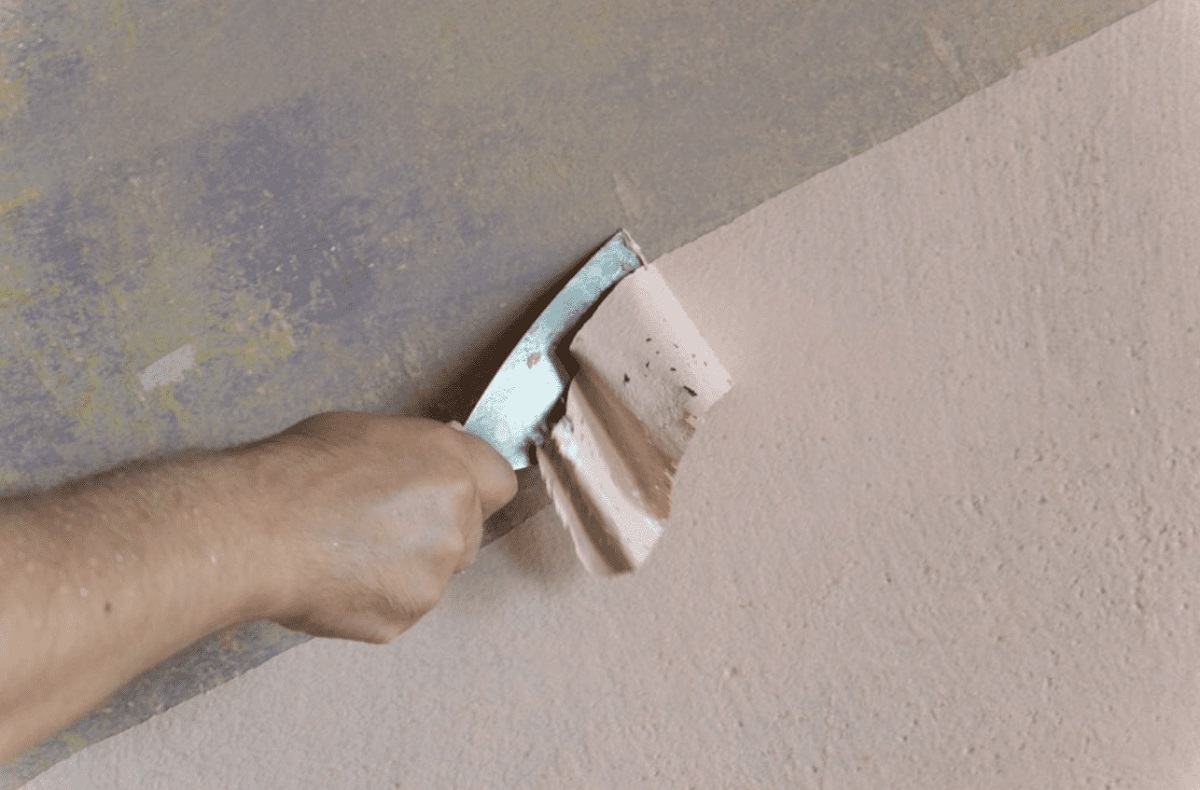
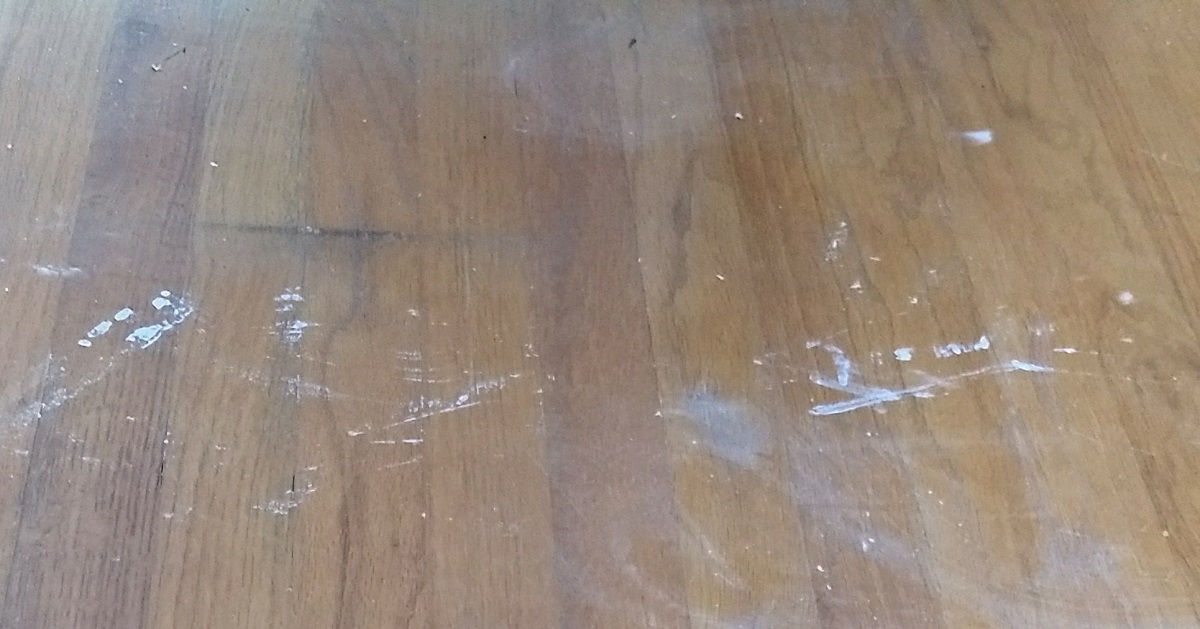
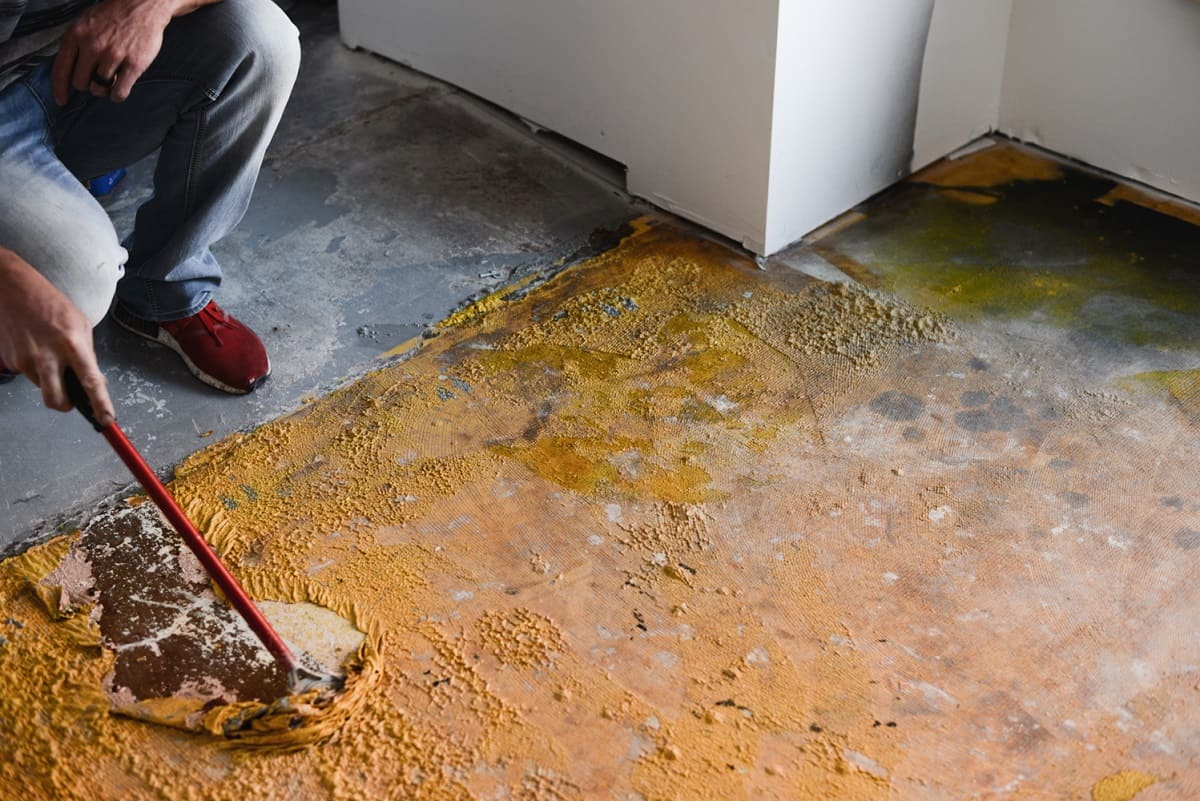
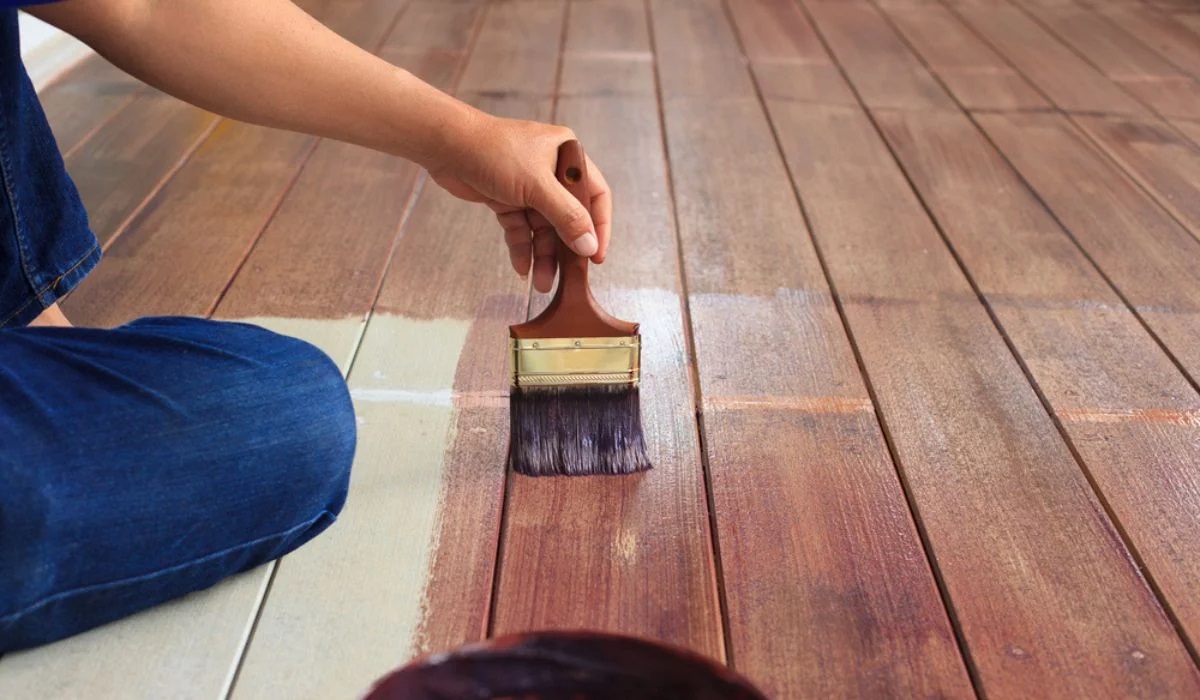
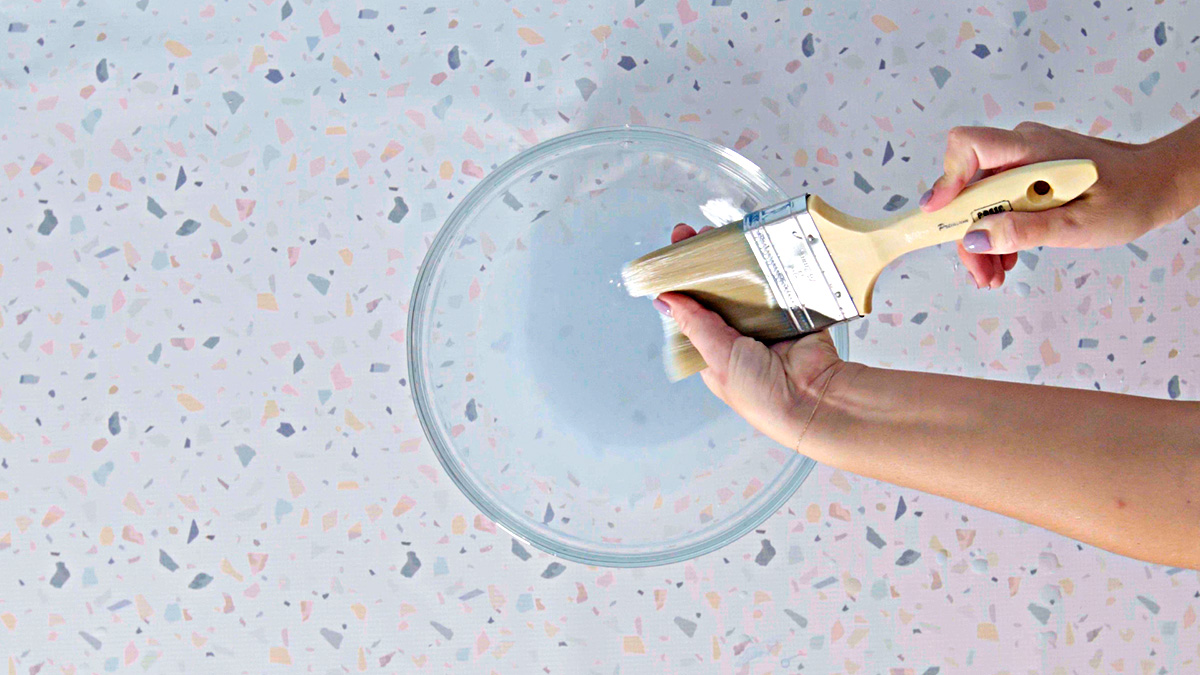
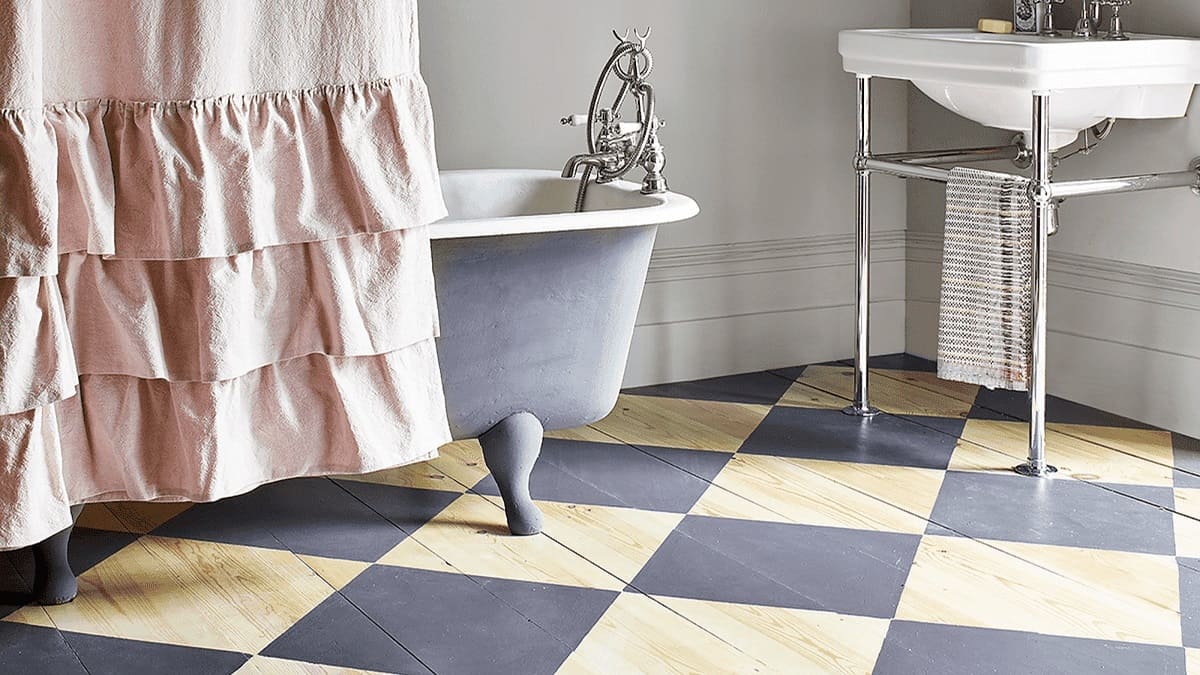
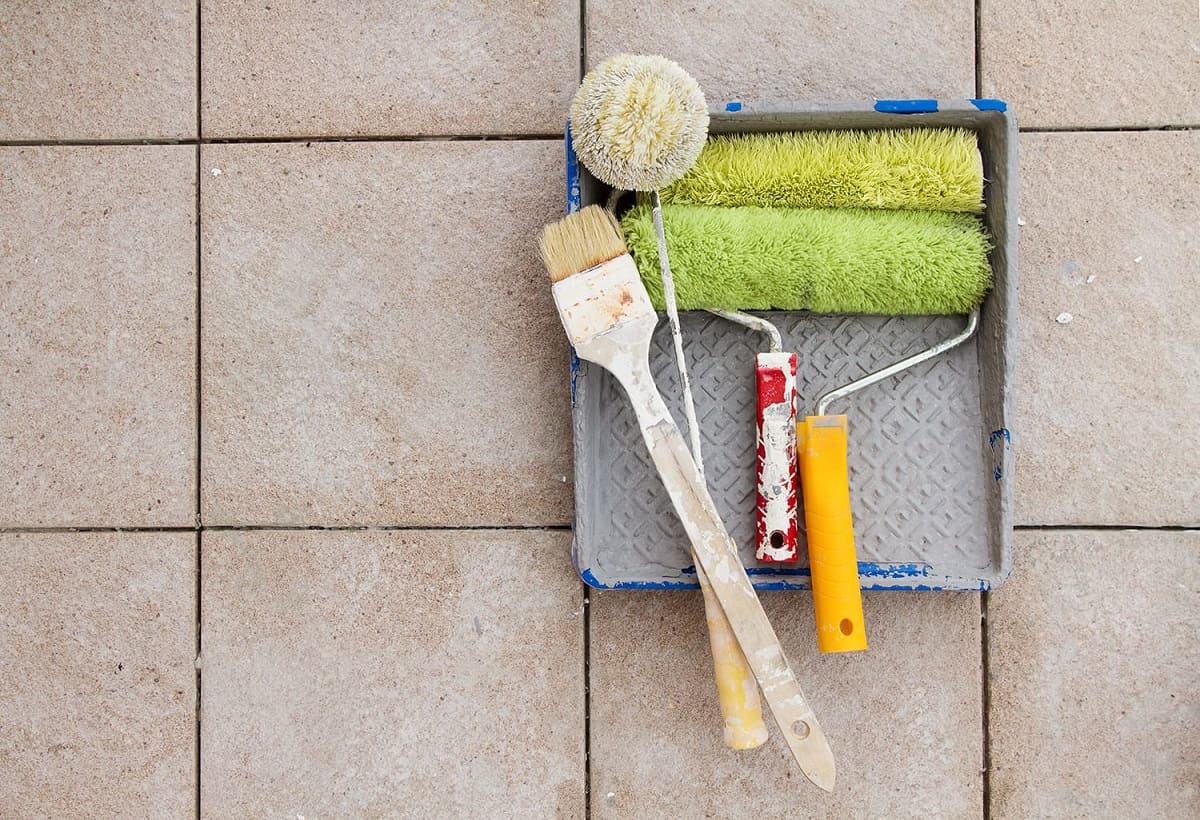
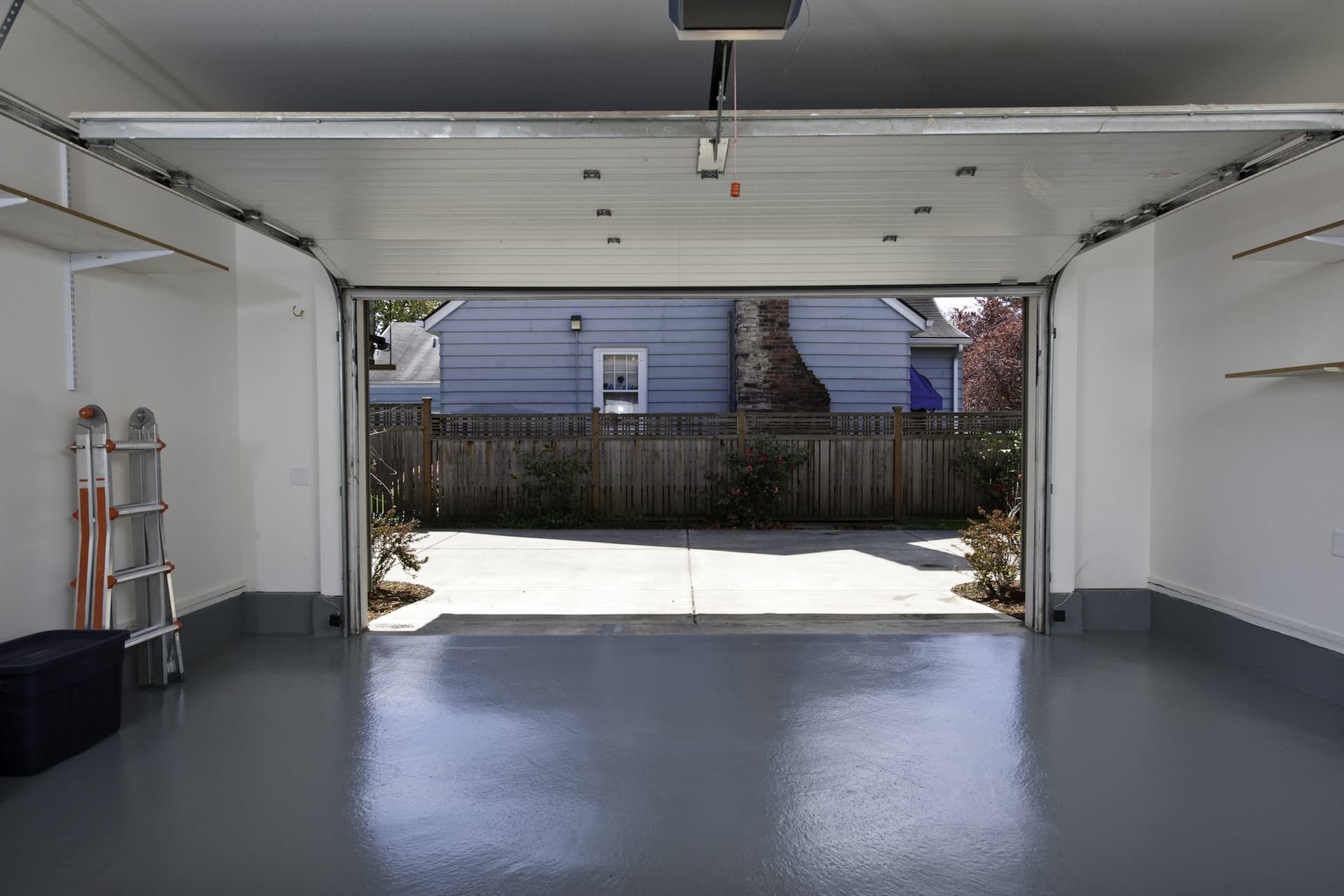
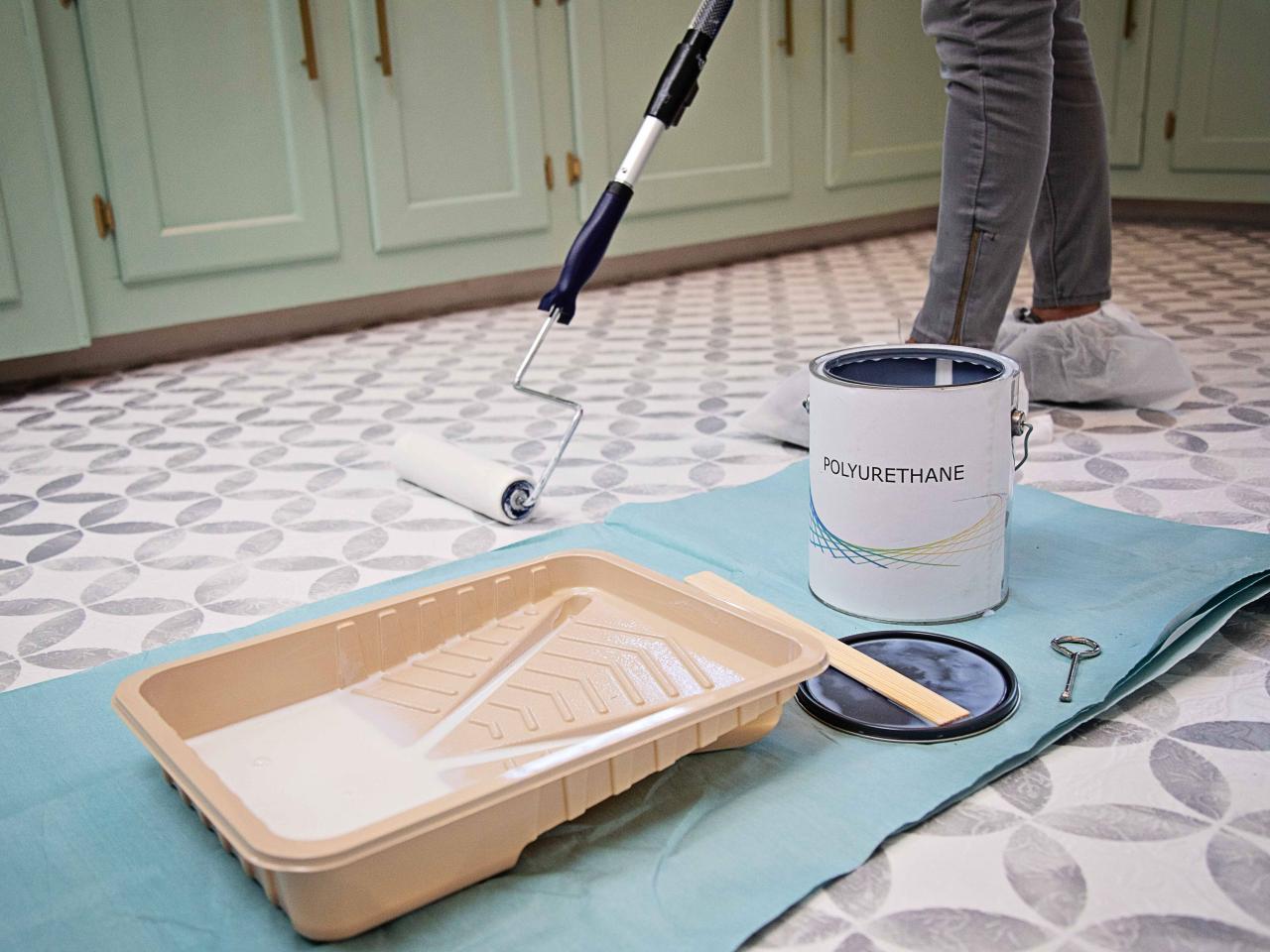


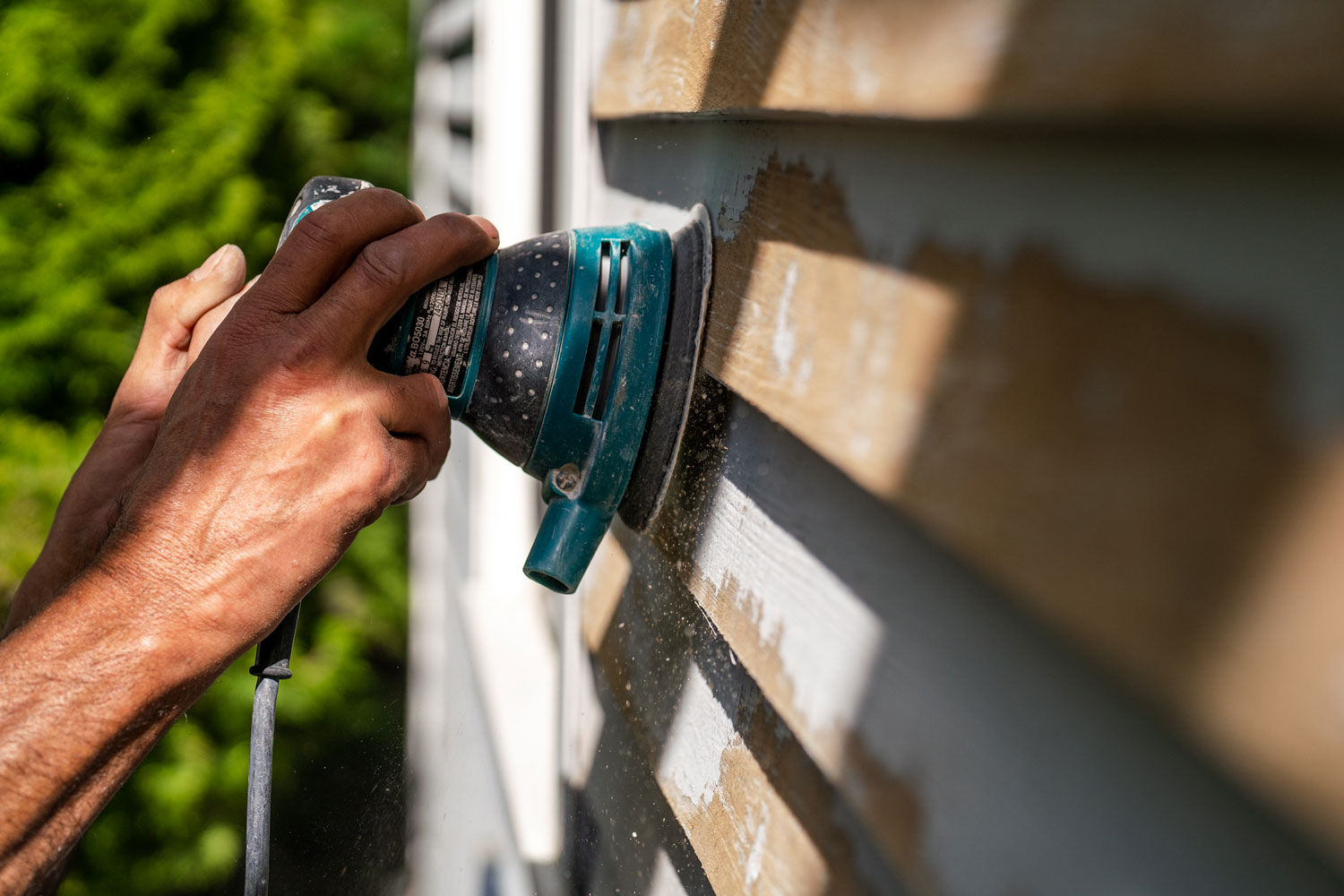
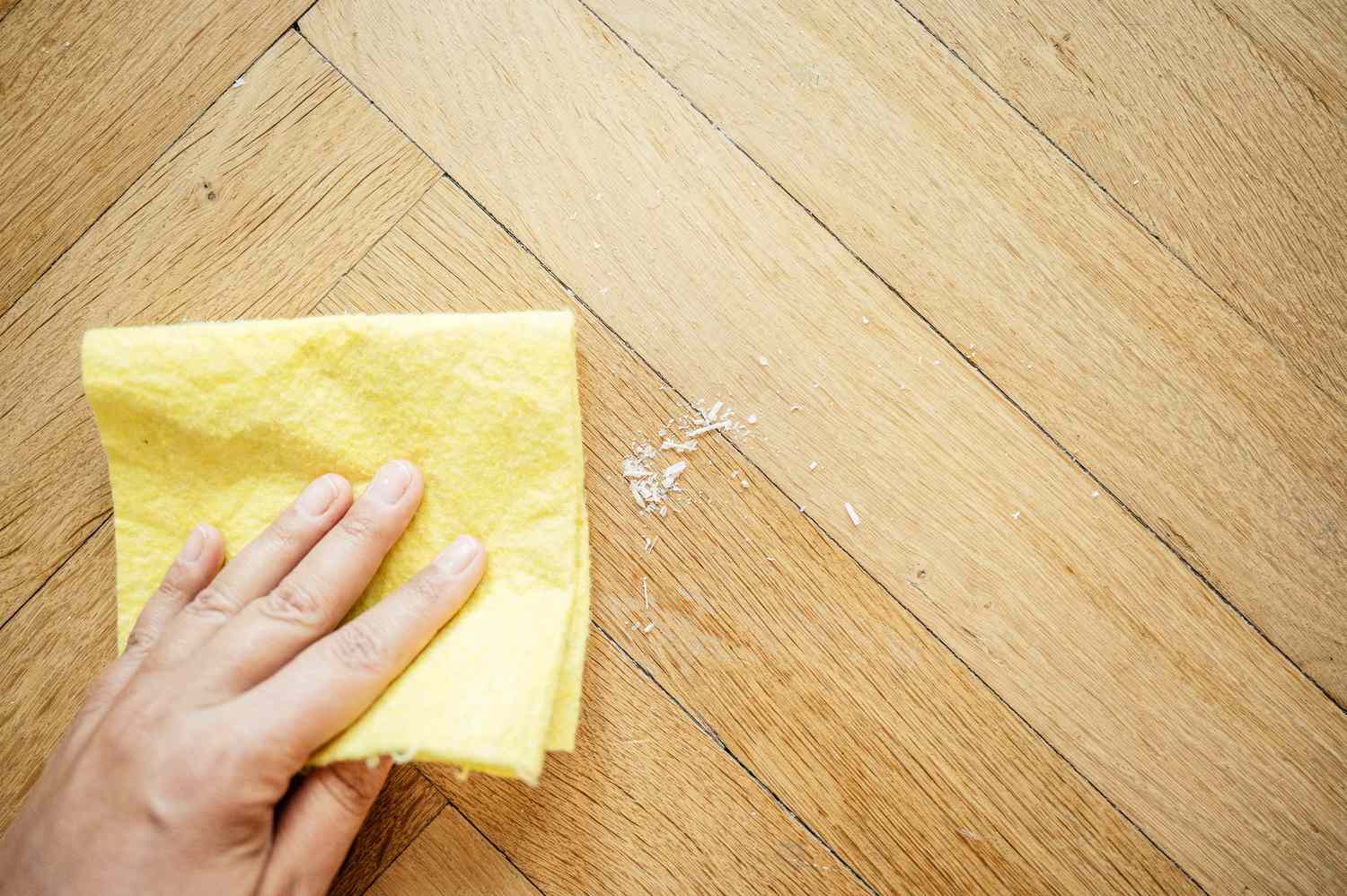

0 thoughts on “How To Remove Paint Off Floor”